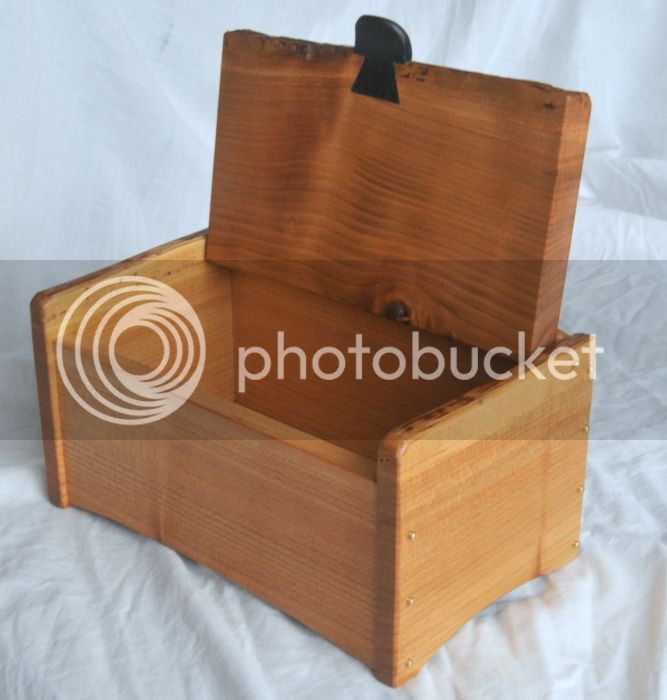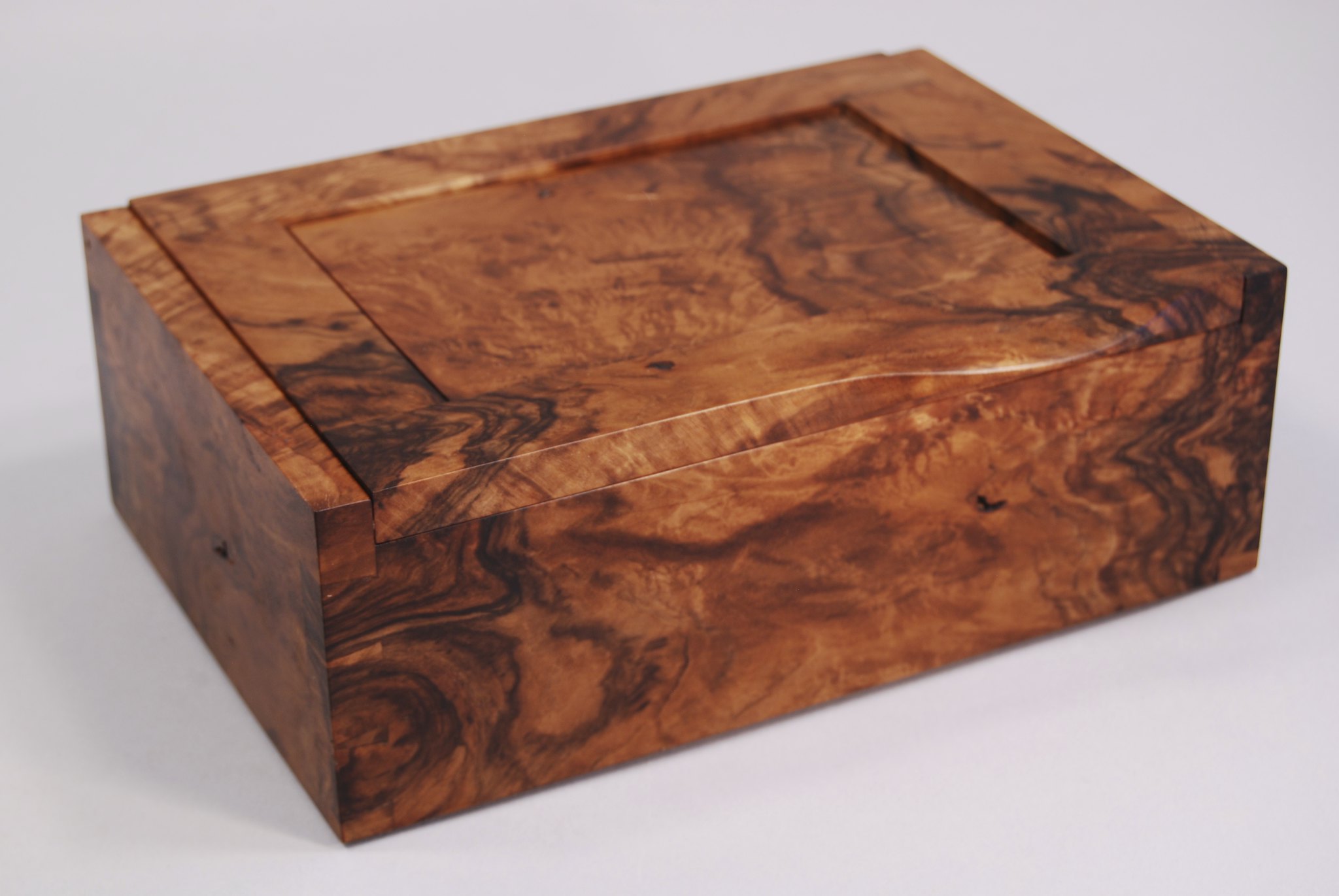jkljosh
Established Member
Hi Folks
In a fit of spontaneity I rashly offered to make a jewellery box to house some pretty baubles a friend had purchased for her daughter's graduation in June. Having not posted anything for a while, I thought it might be fun to put together another WIP for everyone's entertainment. I've been working on the box off an on for a couple of weeks and graduation is looming very large on the horizon, so I thought I'd spread my resources and start to commit some of the effort to electronic paper before I forget what I've been up to. Perhaps not the wisest of strategies, as I still have a heap of stuff to complete on the box, but hey, a change is as good as a rest my dear Mother used to tell me. So here goes.........
The brief was very loose - a box with some storage trays. Further probing elicited some more detail on the bones - 4 trays one for rings, one with lots of sections, one for necklaces, another for odds and sods. I suggested a void beneath the trays for bigger bits or important documents, and thus the interior started to take shape. As far as box design went, the best I could get out of my friend was clean lines, but somethi
ng a bit different perhaps...... No real help there then!
I decided to go for something relatively delicate in section, oddly spaced dovetails and an inset lid pivoting between the sides. So far so good.

Not the best of images but hopefully all will become plain as the post goes on.
I decided on using some cherry for the body of the box with a cedar base.

and an odd offcut of something interestingly figured for the trays.
It all needed resawing to get the thickness down to something close to my planned 11mm sides.
The cherry needed resawing

as did the cedar and wood for the tray

Time is against me - I'd forgotten how long it takes to resize and upload photos. More to follow over the weekend!
In a fit of spontaneity I rashly offered to make a jewellery box to house some pretty baubles a friend had purchased for her daughter's graduation in June. Having not posted anything for a while, I thought it might be fun to put together another WIP for everyone's entertainment. I've been working on the box off an on for a couple of weeks and graduation is looming very large on the horizon, so I thought I'd spread my resources and start to commit some of the effort to electronic paper before I forget what I've been up to. Perhaps not the wisest of strategies, as I still have a heap of stuff to complete on the box, but hey, a change is as good as a rest my dear Mother used to tell me. So here goes.........
The brief was very loose - a box with some storage trays. Further probing elicited some more detail on the bones - 4 trays one for rings, one with lots of sections, one for necklaces, another for odds and sods. I suggested a void beneath the trays for bigger bits or important documents, and thus the interior started to take shape. As far as box design went, the best I could get out of my friend was clean lines, but somethi
ng a bit different perhaps...... No real help there then!
I decided to go for something relatively delicate in section, oddly spaced dovetails and an inset lid pivoting between the sides. So far so good.

Not the best of images but hopefully all will become plain as the post goes on.
I decided on using some cherry for the body of the box with a cedar base.

and an odd offcut of something interestingly figured for the trays.
It all needed resawing to get the thickness down to something close to my planned 11mm sides.
The cherry needed resawing

as did the cedar and wood for the tray

Time is against me - I'd forgotten how long it takes to resize and upload photos. More to follow over the weekend!
































































































































































